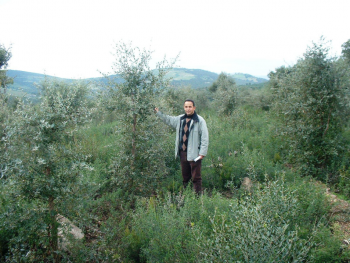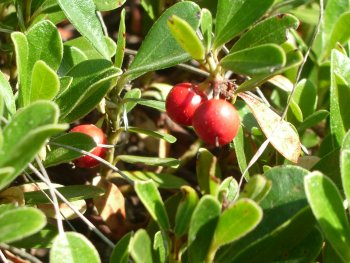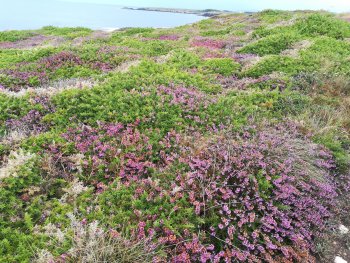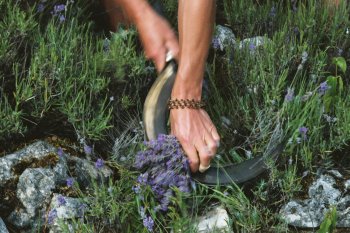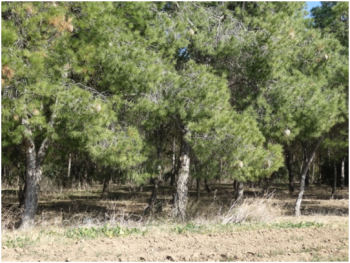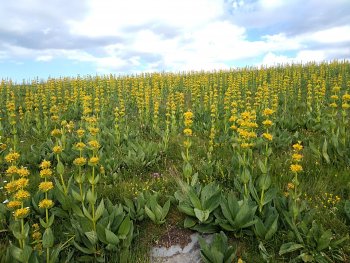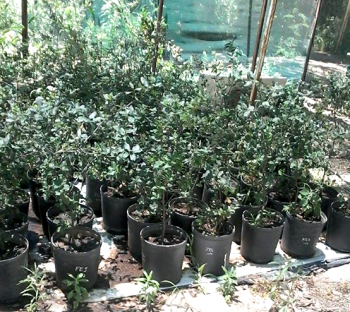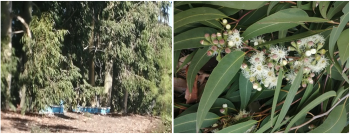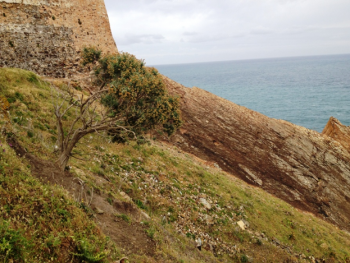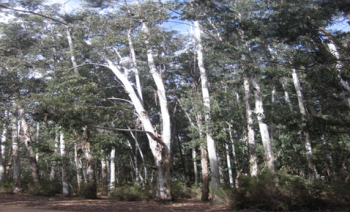Intraspecific variability and genetic selection of cork oak in Tunisia
In Tunisia, the cork oak is facing various difficulties namely: severe ecological conditions, very heterogeneous stands with variable density, and strong pressure on the forest. Reforestation has become an essential alternative to regenerate old cork oak forests and to support natural regeneration. Selecting adequate plant material with good genetic quality is important to ensure high adaptation to environmental hazards. In this context, the main objective is to explore and evaluate the genetic variability among different stands to select and conserve the best genetic material.

